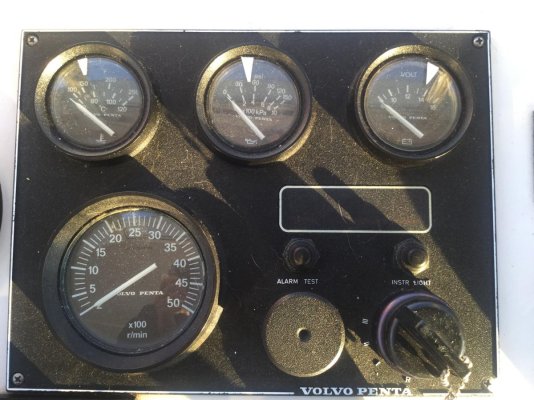oscar
Guru
- Joined
- Oct 22, 2015
- Messages
- 1,098
- Location
- United States
- Vessel Name
- Lady Kay V
- Vessel Make
- 1978 Hatteras 53MY
DD 8V71-TI's.....As much as I like the charm, real or perceived, of my classic gauges having more accurate information would be nice. They are old, and some have been replaced with non original. Some of them are giving pretty suspect readings.
So, I have two choices. Redo it all in analog gauges or going modern.
For the latter option, what have people successfully installed? I'm talking RPM, oil pressures, gear oil pressures, water temps, volt meters and I would like to add EGTs....
Probably want to maintain the original look of a bunch of round dials and not go to a screen....
Thanks.
So, I have two choices. Redo it all in analog gauges or going modern.
For the latter option, what have people successfully installed? I'm talking RPM, oil pressures, gear oil pressures, water temps, volt meters and I would like to add EGTs....
Probably want to maintain the original look of a bunch of round dials and not go to a screen....
Thanks.

